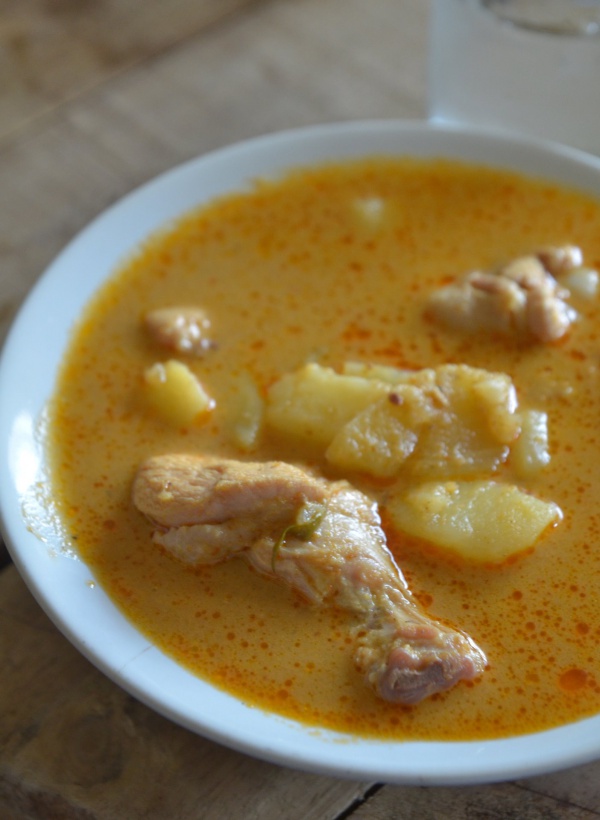Facts About Yellow curry
Yellow curry is a beloved dish in Thai cuisine, noted for its rich blend of spices and milder heat compared to other curries. The signature flavors come from a mix of cumin, coriander, turmeric, fenugreek, garlic, bay leaf, lemongrass, cayenne pepper, ginger, mace, and cinnamon. This milder curry is one of the three main types of Thai curry commonly found in Western Thai restaurants.
Intriguingly, "yellow curry" can also refer to a different type of curry powder from India, often available pre-packaged in Western stores. However, this Indian curry powder differs significantly from Thai yellow curry. The Thai version, particularly the dish known as kaeng kari, is renowned for its mild taste and lower oil content. Its origins can be traced back to British naval influences in the late 19th and early 20th centuries when traditional Thai curry paste was blended with curry powder.
Typically, Thai yellow curry is served with chicken or beef and starchy vegetables such as potatoes. Nonetheless, it's versatile and can be prepared with duck, tofu, shrimp, fish, or just vegetables. It is usually paired with steamed rice or round rice noodles known as khanom chin.
There is also another variant called kaeng lueang, or "yellow curry" which is actually a sour curry. It is lighter in color than kaeng kari but delivers a spicier and sharper kick. In southern Thailand, this dish is known as kaeng som, or "sour curry."
Whether you prefer the mild, comforting flavors of kaeng kari or the tangy, spicy kick of kaeng lueang, Thai yellow curry provides a delicious taste experience that is sure to delight.

 Cambodia
Cambodia